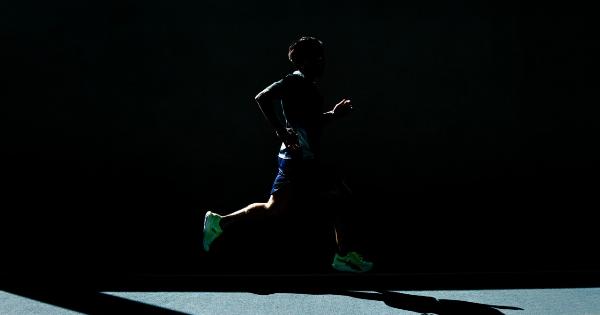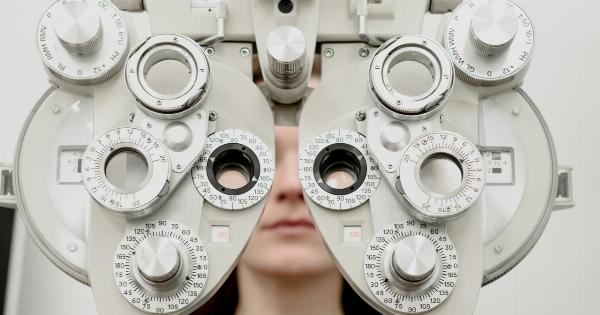Corneal transplantation has been a standard and effective method of restoring vision in cases of severe corneal damage and disease for over 100 years.
However, this procedure has always had limitations, including the need for donor tissue, potential complications and a limited lifespan of the graft. Recent innovations in corneal transplantation techniques are addressing these limitations and are moving from the realm of imagination to reality.
DMEK and DSAEK
Endothelial keratoplasty (EK) is a newer technique that replaces only the innermost layer of the cornea, the endothelium, which is responsible for pumping fluid out of the cornea and keeping it clear.
Two variations of this technique, Descemet’s stripping automated endothelial keratoplasty (DSAEK) and Descemet’s membrane endothelial keratoplasty (DMEK), have revolutionized the way endothelial keratoplasty is performed.
Laser-Assisted Corneal Transplantation
In laser-assisted keratoplasty (LAK), the donor tissue is cut precisely using a femtosecond laser instead of a handheld microkeratome blade, improving the precision and predictability of the transplant.
This allows for a quicker visual recovery and potentially better outcomes.
Nanothin DALK
Deep anterior lamellar keratoplasty (DALK) is a technique that replaces the entire anterior portion of the cornea, leaving the healthy endothelium intact.
Nanothin DALK takes this technique a step further by using a very thin layer of donor cornea, as little as 30 microns, to replace just the diseased or damaged portion of the cornea. This results in a faster recovery time, fewer complications and a longer lifespan of the transplant.
Artificial Corneas
For patients with severe corneal damage or rejection of donor tissue, an artificial cornea, or keratoprosthesis, can be used.
These devices are designed to replace all or part of the cornea and can offer a permanent solution for patients who have exhausted all other options.
Bioengineered Corneas
Bioengineered corneas are a newer alternative to traditional corneal transplantation that involve growing corneal tissue from the patient’s own cells or from donor cells that have been modified to avoid rejection.
These corneas can be tailored to the specific size and shape of the patient’s eye and may offer a permanent solution that eliminates the need for donor tissue and long-term immunosuppression.
Light-Adjustable Lenses
Light-adjustable lenses (LALs) are a newer type of intraocular lens that allows for the correction of refractive error after cataract surgery or corneal transplantation.
The lens material can be adjusted using a special wavelength of light to fine-tune the patient’s vision, offering a more customized solution to vision correction.
Conclusions
The field of corneal transplantation is rapidly evolving and the innovations discussed above represent just a few of the exciting developments in this area.
These advancements have the potential to offer better outcomes and improve the quality of life for millions of people worldwide who experience severe corneal damage and disease.































